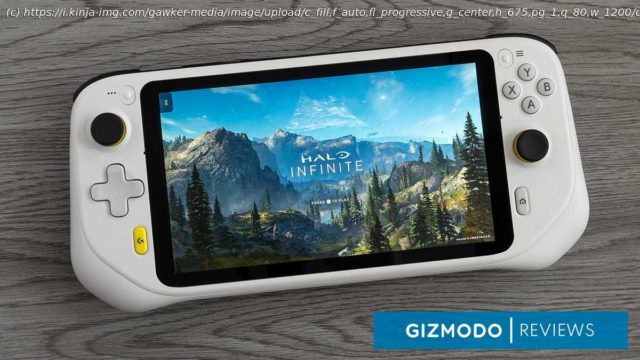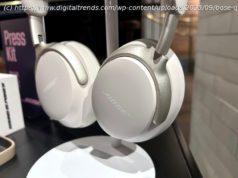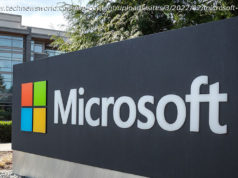Logitech’s game-streaming handheld features excellent hardware, but feels underpowered for the price.
The Logitech G Cloud is one of the first handhelds specifically designed to play AAA games by streaming them from the cloud, or from a nearby console. Because of that, it doesn’t need AAA specs itself. Instead, it’s put that budget into being one of the most comfortable big screen portables I’ve ever used, with a long battery life when cloud gaming. But while game streaming is still in its infancy, a $350 handheld that can’t play much else is a tough sell when Valve’s $399 Steam Deck is roughly the same size and doesn’t need a constant stable internet connection to be a handheld gaming powerhouse.
Anyone who’s ever used game streaming services like Xbox Cloud Gaming or Nvidia GeForce Now on their smartphone or tablet already understands why the Logitech G Cloud exists. As capable as mobile devices might be (many are better at running hardware locally than the G Cloud), touchscreens, clamp-on controllers, and even wireless gamepads just don’t offer as polished an experience as a portable device purpose-built for gaming. Meanwhile, the G Cloud is only a little smaller than the Steam Deck, but is lighter and has a better screen.
Still, while the Logitech G Cloud delivers some excellent hardware on the outside, its internals under-deliver for anything other than streaming games through a reliable wifi connection. That makes its $350 price tag feel especially steep when Valve is delivering all of that, and much more, in a handheld that costs just $49 more.
I’ve been obsessed with handheld gaming devices since the original Game Boy’s debut, and I can confidently say the Logitech G Cloud is the most comfortable handhelds I’ve ever used.
It definitely falls on the larger side of the size spectrum for a handheld, but also feels similar in size to the Nintendo Switch, and most of us are now accustomed to bigger portables anyway. It’s a bit smaller than the Steam Deck, and at around 460 grams, the G Cloud is quite a bit lighter than Valve’s handheld, too.
Unlike the Switch, which has a very flat design overall, the Logitech G Cloud mirrors the Steam Deck, with protruding grips on the back of each side that make it feel like you’ve actually got something to hold onto. A fine pattern of grooves is also etched into the plastic housing, providing a satisfying amount of grip. It does makes the handheld harder to slip into a pocket, but that’s a worthy trade-off, since I actually want to play the G Cloud in hand, while I only remote the Switch from its dock when I absolutely have to.
You don’t get as many buttons on the G Cloud as you do on the Steam Deck, but it does include two pairs of shoulder buttons on the top edge. The thinner buttons are very clicky, with a minimal amount of travel, whereas the larger buttons offer much more travel and serve as analog inputs, ideal for genres like racing games. They don’t look like triggers, but they effectively replace them here.
The pair of asymmetrical analog joysticks feel great, but the action buttons, laid out in an Xbox controller-style arrangement, feel like they bottom out too far into my presses, ending up almost flush with the surface of the device’s face when fully pressed. I prefer buttons that stick out a little farther, but that’s just my preference—the G Cloud’s buttons never felt like they affected game play.
On the bottom edge of the Logitech G Cloud, you’ll also find an analog headphone jack, a USB-C port for charging, and a pair of slits for the device’s analog speakers, which actually sound quite good. With some handhelds, I stick with headphones all the time, but on the G Cloud I’ll only switch to them when I’m playing late at night. On the front of the handheld, you’ll also find a home button for escaping whatever app you’re using, a pair of multifunction buttons next to each top corner of the screen, and a green Logitech button that sometimes serves as a back button, but most of the time leaves me confused about its reason for existing.
Overall, the G Cloud’s hardware feels really fantastic and solid, but there are two things I don’t entirely love.
The D-pad on the left features a contoured design, and while it works fine for most games, it doesn’t work as well for titles where you need to be able to quickly rock the pad in a semi-circle to pull off certain moves. If you’re a Street Fighter devotee, you won’t be happy.






